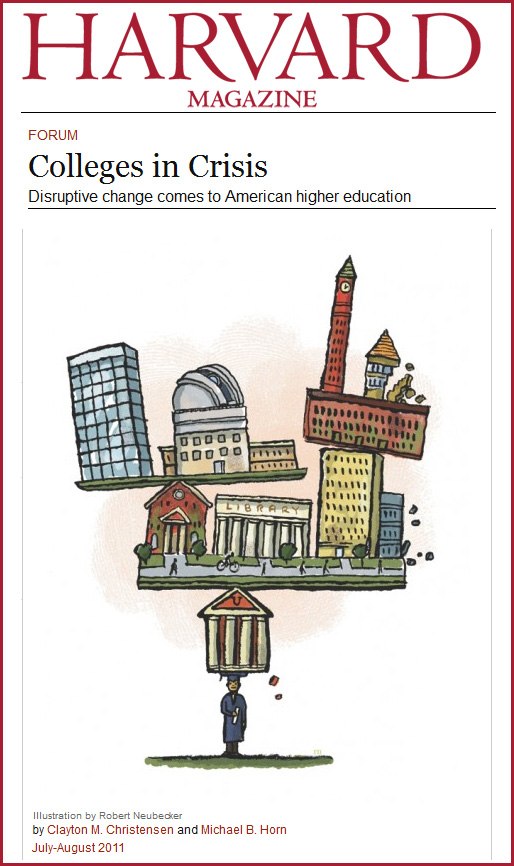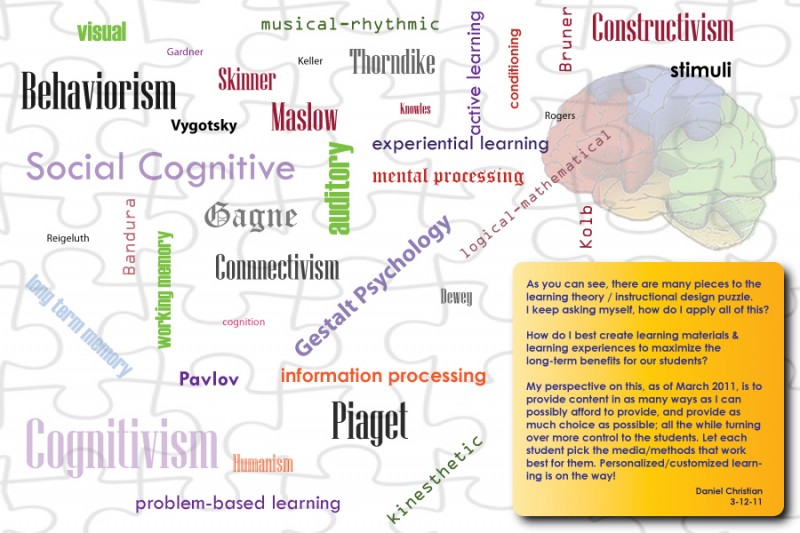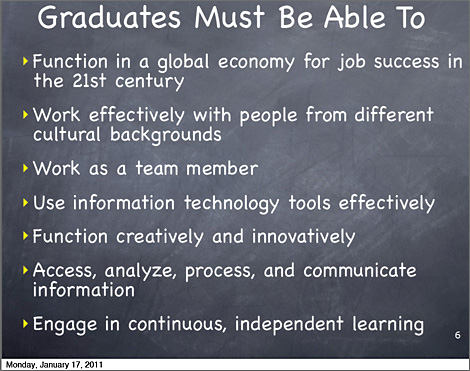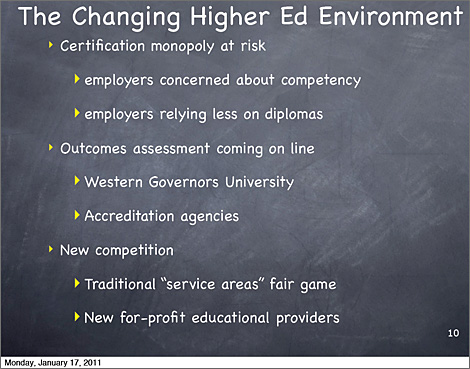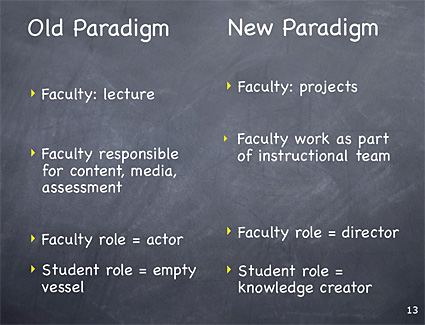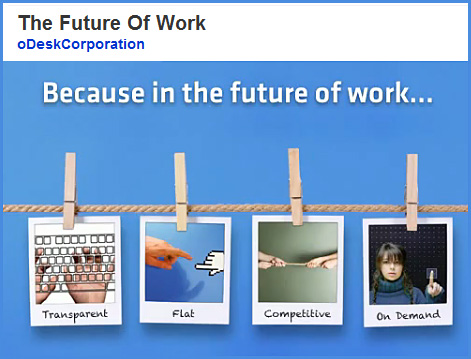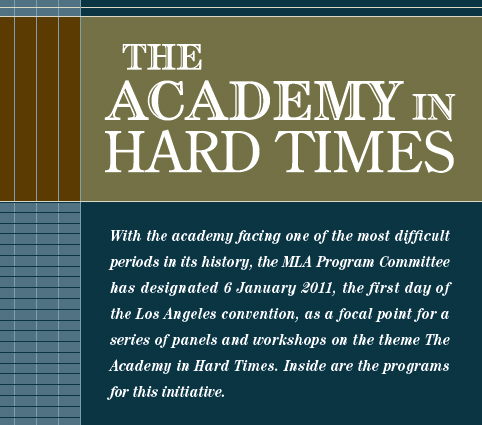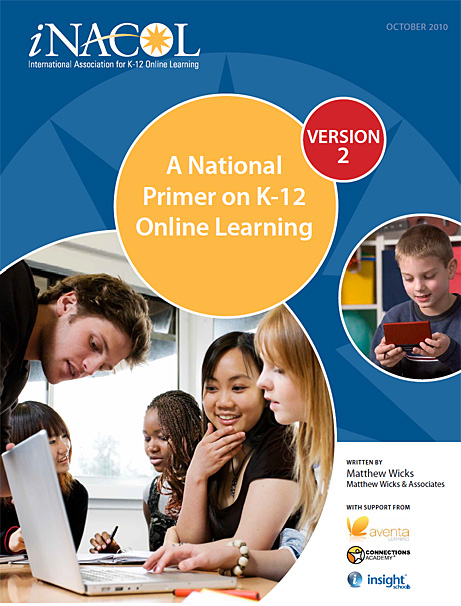40 for the next 40: A sampling of the drivers of change that will shape our world between now and 2050 — from gerdleonhard.typepad.com and Toffler Associates
From the foreword:
We are in the midst of an accelerating, revolutionary transformation. Change is happening everywhere – in technology, business, government, economics, organizational structures, values and norms – and consequently affects how we live, work and play. As industry and government leaders, we must acknowledge that this change demands new ways of governing and of running our organizations. The ways in which we communicate and interact with each other will be different. The methods through which we gain and process information will be different. The means by which we earn and spend money will be different. Through the culmination of these and other changes, organizations will be radically transformed.
This change is not unexpected. Forty years ago, Alvin and Heidi Toffler recognized that the pace of environmental change was rapidly accelerating and threatened to overwhelm the relatively slow pace of human response. Through Future Shock, the Tofflers persuaded us to consider the future by imagining drivers of change and preparing for a wide range of resulting future environments. Now as we look towards the next 40 years, we continue to use these time tested methodologies, our founders’ legacy to Toffler Associates, for understanding the forces of future change. We focus on the convergence and interdependence of seemingly orthogonal aspects to connect the dots and develop strategies for future success. In this way, we recognize, as the Tofflers did, that preparation is the best defense against the future (emphasis DSC).
Here is a sampling of 40 drivers of change that – we believe – will shape the future.
From DSC:
Includes sections on Politics, Technology, Social, Economics, and the Environment.












